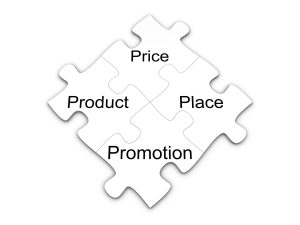How Many P’s are in Marketing Now?
Cheryl Lawson
While we’re learning Marketing concepts, let’s talk about the Marketing Mix. Even though the marketing world has gone digital, this “old-school” concept is very relevant today . We’re talking about the 4 P’s of Marketing. First, who do we have to thank for this? Neil Borden first came up with the term Marketing Mix, but it was Jerome McCarthy from Notre Dame University who really made it famous. He called it “the Four P’s of Marketing” in his guide, “Basic Marketing: A Managerial Approach”.
The legendary marketing guru, Philip Kotler, said it best: “Marketing Mix is the set of controllable variables that a firm can use to influence the buyer’s response.” What’s cool about this is that digital and social media marketing still use these age-old concepts. We’re just adapting them to new tools and methods, making them work in the digital world. So, the 4 P’s are still alive and kicking, even in the age of Instagram and TikTok!

Let’s dive into the 4 P’s of marketing, keeping it short and sweet:
Product: This is the good or service you’re offering to your customers. It includes everything from the design, features, packaging, and even the product life cycle. The goal is to create something that solves a problem or fulfills a need.
Price: This is how much you charge for your product. It’s about finding the sweet spot between making a profit and offering value to your customers. Factors like production costs, competition, and perceived value all come into play when setting the right price.
Place: This is where and how you distribute your product to reach your target audience. It includes choosing the right channels, such as online stores, brick-and-mortar shops, or both. The goal is to make your product accessible and convenient for your customers to buy.
Promotion: This is how you communicate your product’s value to your target audience. It involves a mix of marketing strategies like advertising, public relations, social media, and content marketing. The goal is to create awareness, generate interest, and ultimately, persuade people to buy your product.
EXERCISE – ESSAY

